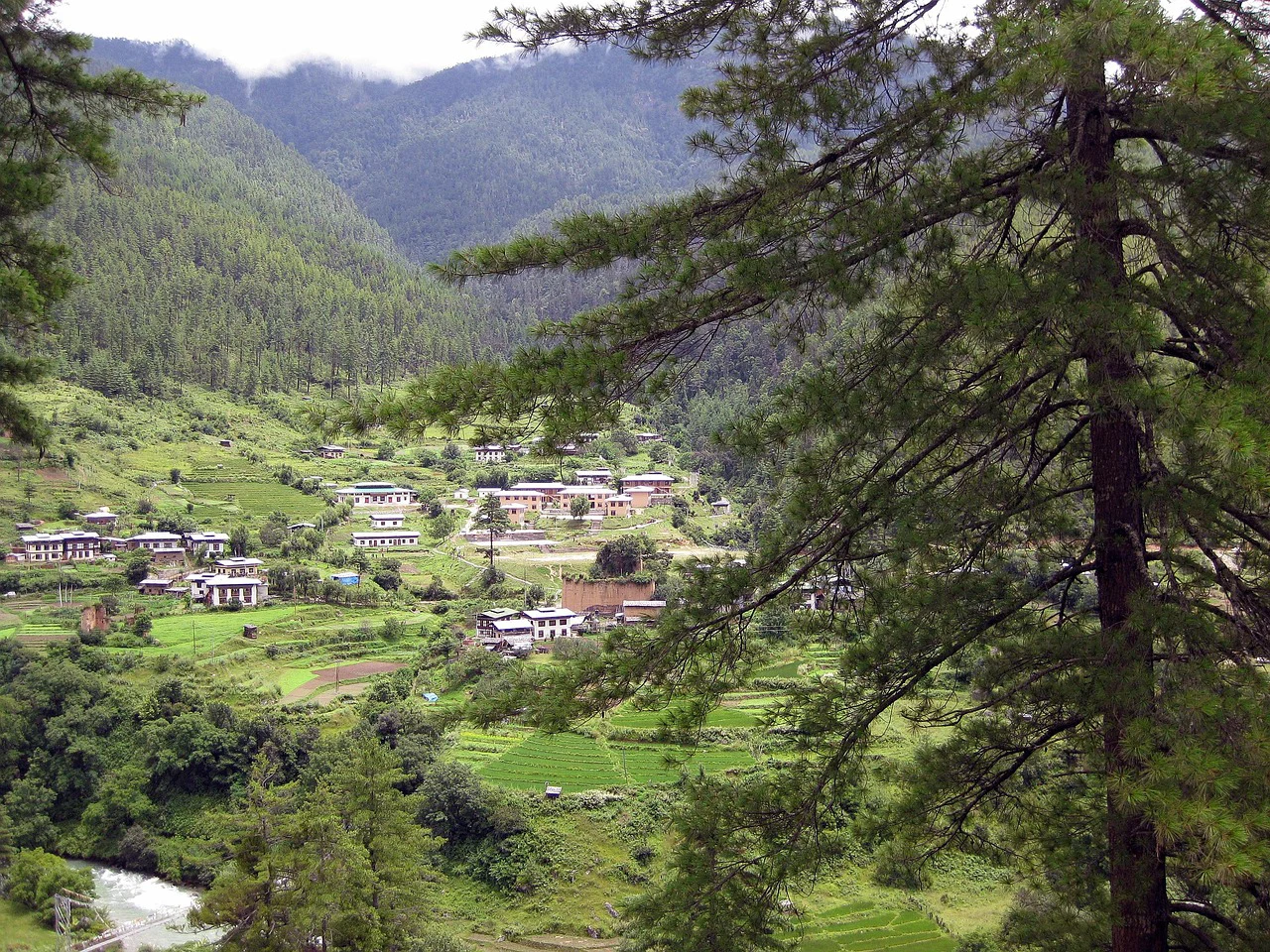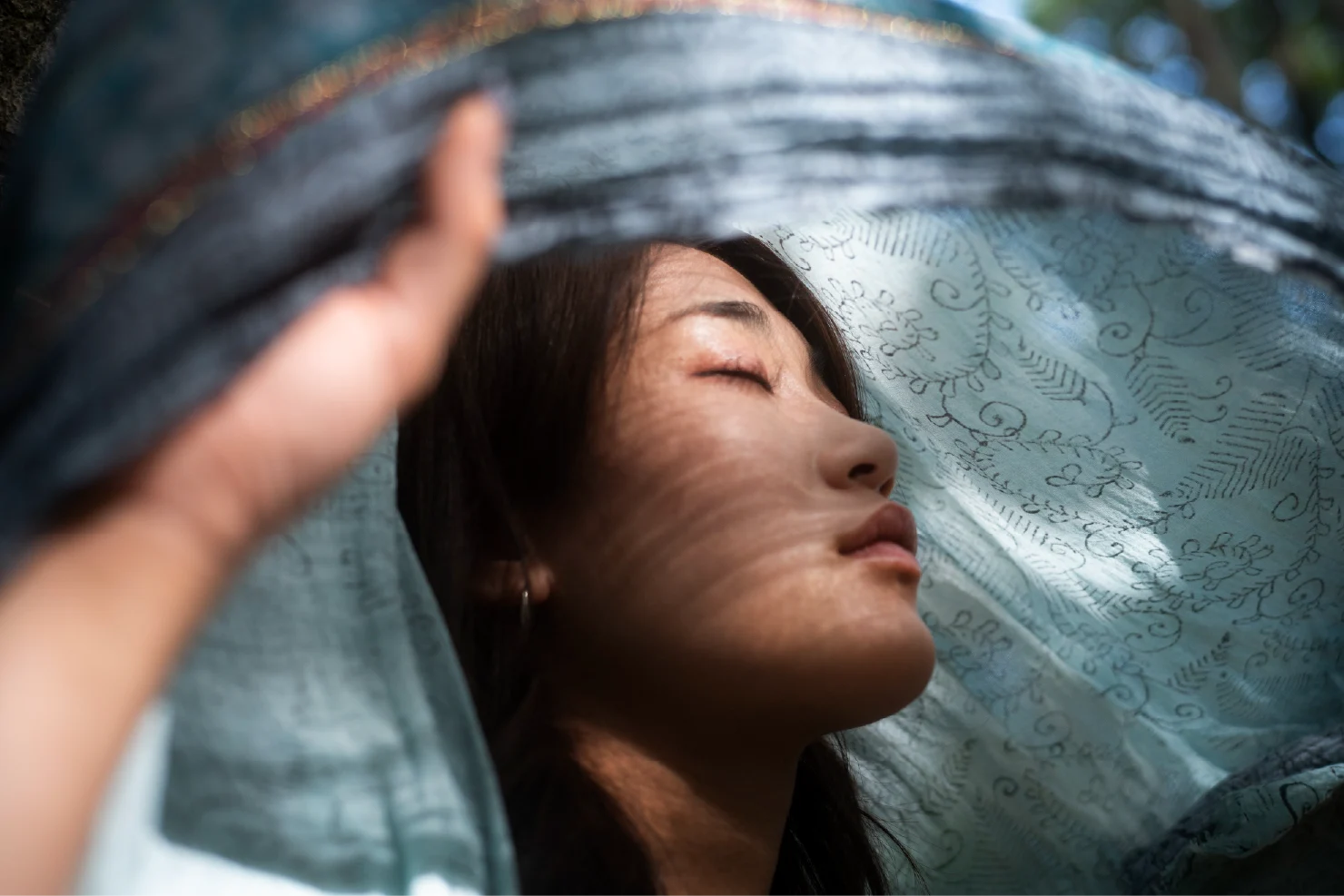Defining our life according to others creates instability
Student – Dear Lama, as I lost a cherished nephew to suicide a few years ago, I was deeply saddened to learn that eleven students took their lives in the country this year, not to mention the Bhutanese who committed suicide in Australia. What is causing so many of our young people to take their lives and what can be done to rectify the situation. I despair for the future.
Master – Causes of endemic suicide tend to be localized, and so generalizations cannot be made by analyzing global data. As an example, poverty and lack of opportunity are often cited as major causes of people taking their lives, yet among the top five world rankings for suicide are two wealthy nations – South Korea and Lithuania.
South Korea is actually an anomaly in more than one category. It conforms to global trends with a high suicide rate among young people, but it is also conspicuous for the number of elderly who take their lives. Reasons often cited for this phenomenon are loneliness, sickness, and a lack of a sense of worth due to offspring migrating to faraway cities.
The country is also one of the least religious places on the planet, and some experts believe that this has resulted in a lack of guidance from traditional sources of wisdom at a time when challenges related to sickness and death are heightened.

In Bhutan, the elderly are still generally well taken care of and most retain strong connections with the Dharma, gathering at chortens or lhakhangs (temples) every day to engage in practice and listen to teachings. Unlike in South Korea, suicide rates among this segment of society still remain comparatively low, though old people ending their lives is not totally unknown and the numbers are sadly increasing.
Now, from Buddhism, we know that no situation arises from a single source, but appears due to a number of causes and conditions joining together. Weeds grow when seeds meet soil, moisture, and heat. Violent crime rises when a sense of hopelessness, corruption, and broken families are prevalent.
What specific conditions are combining in Bhutan to cause people to take their lives? Well, while analysis of data is not conclusive, we know that the under 30s constitute the highest risk category, with an alarming increase in the number of adolescents taking their lives during exam times.
From this fact, we can perhaps make a few assumptions: Society is over emphasizing competition and achievement to the detriment of encouraging cooperation and creating the conditions for mental wellbeing.

Of course, competition can encourage effort, but its negative effects far outweigh the positive ones. In particular, it creates inferiority and superiority complexes that distort the youths’ view of themselves and their relationship to others. This generates insecurity and feelings of jealousy, which obviously lead to unhappiness.
Each person is different. Some youth will naturally be academically inclined, while others may be gifted in sport. On the other hand, some will not be particularly talented in anything, and no matter how much effort they exert, they cannot rise above being a C or B student or become a notable sportsperson.
Now here is the question: Does any of this matter? Does being academically inclined make someone a good human being? Are people who win a race on sport’s day guaranteed a more content life than those who come last?
Sometimes we need to take stock of our objectives and not merely continue with a burnt-out system that was born in the colonial era by countries that prized power and material wealth over collective wellbeing.
Of course, there is no issue aspiring to improve our standards or to excel in our work. Rather, this is something that should be encouraged. However, defining ourselves according to others’ achievements and basing our self-worth on what is trending on TikTok or on the kind of sneakers we possess is a destabilizing trend.
Why is this so? Well, fashions, beauty concepts, social values, and standards of wealth are constantly changing, and so relying on such things for our sense of wellbeing creates anxiety. It is like leaning on a wobbly chair. Not only does it fail to provide stability, but exacerbates the level of volatility.

Yet, when we push our children to be the best in math or basketball, we are, in effect, creating the mental equivalent of offering them a wobbly chair. Instead of setting them on a path of self-confidence and resilience, we are creating the conditions for insecurity and anxiety.
What are the alternatives? We encourage the youth to be content with how they are. This does not mean that we enable them to be sloppy or undisciplined, but just that they don’t assess their self-worth based on others’ talents, status, and material wealth.
They diligently train for a race, but if they come last, so what? They try hard to master math, but if after all their endeavours they still cannot remember what is 8 x 8, who cares? Rather than praise the result, we celebrate effort.
Humans fear exclusion, and so there is always a struggle to fit in, an effort that is particularly acute during adolescence. As a result, some youth can be thrown into a state of depression if their latest TikTok upload doesn’t elicit multiple thumbs’ ups or if their sneakers are not the ones currently trending.
So, rather than adding oil to an already blazing fire of insecurity, schools could refrain from encouraging competition, and instead aim to develop cooperation and increase self-confidence.
As stated above, situations arise from the joining together of multiple causes and conditions, and childhood trauma and broken families are major reasons for teen depression and suicide.

Perhaps we can think of childhood trauma as an underlying cause of depression and the effects of relying on external factors to define our worth as a destabilizing condition. Respectively, the trauma is a weak structure and ‘the relying on others’ aspect of an earthquake. Combined, they cause the structure to collapse.
What can be done? Well, as a means to build resilience, mindfulness and wellbeing programmes have recently been introduced into our school curriculum and Gyalsung training initiative. In addition, the Pema Secretariat has developed a robust strategy to identify and support youth who are exhibiting symptoms of depression.
Now, there can be no better way to create harmony and build self-confidence than seeing the truth. Therefore, I personally believe that facilitating the exploration of the fundamentals of Buddhism as expressed in the ‘Four Seals of Buddhism’ in schools would offer outstanding benefits. Maybe this could be considered as a future inclusion in the education system.

Final thoughts: No country can avoid the negative influence of a world economy that is based on greed and creating hungry ghosts (content people don’t consume excessively). Still, the initiatives that have recently been introduced into the education and Gyalsung systems can definitely help mitigate the damage, and so I feel we can be cautiously optimistic for the future of our youth. Don’t despair.
In addition, it would benefit the youth immensely if they could regularly engage in activities that both increase their physical wellbeing and pump endorphins through their brains.
For this to materialize, however, free or subsidized futsal, basketball, and skateboard facilities are necessary. Of course, establishing this kind of infrastructure is costly, but can there be any greater investment than establishing a healthy future for our youth?



